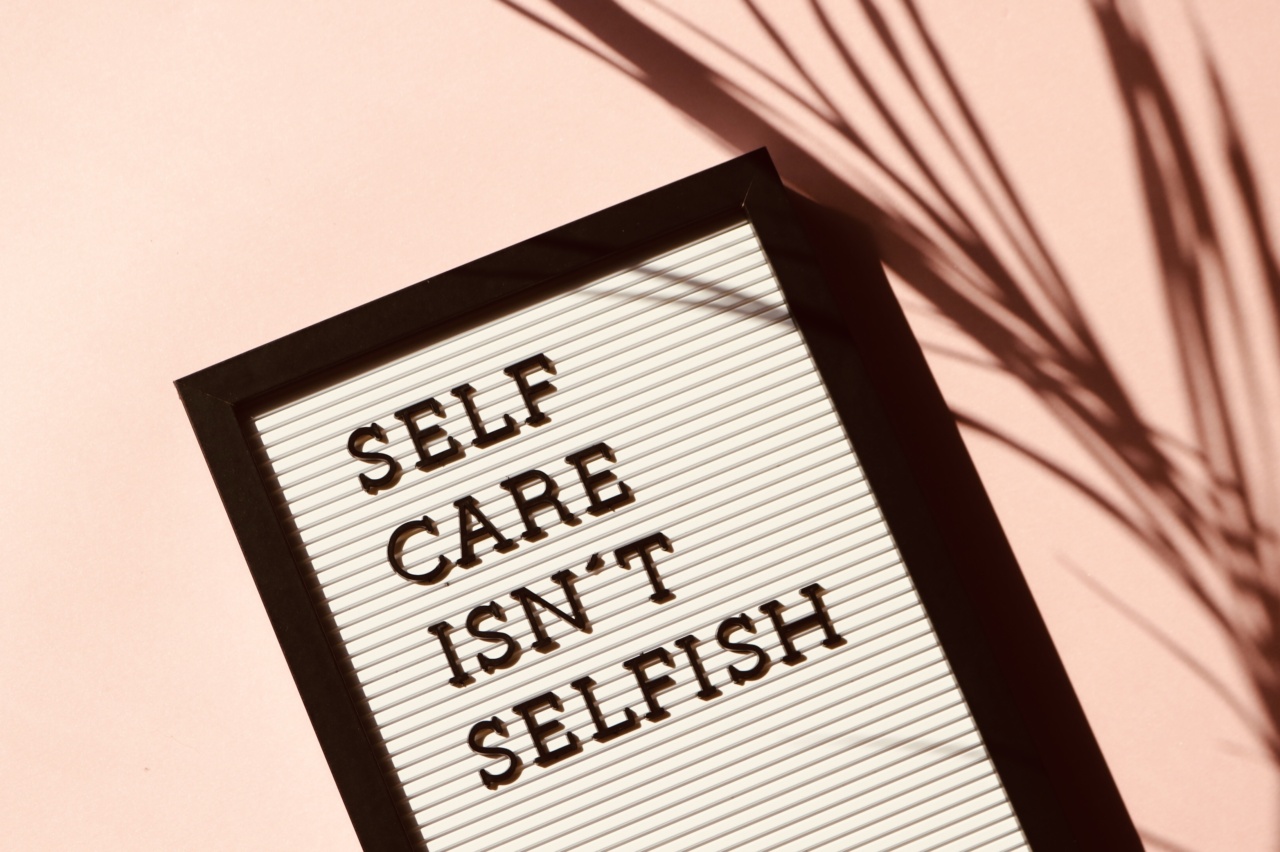The media plays a significant role in shaping public perception and attitudes towards various issues.
When it comes to mental health, representation in the media becomes even more crucial as it can help challenge stereotypes, provide accurate information, and destigmatize mental health conditions. In recent years, there has been a growing acknowledgment of the need to improve the portrayal of mental health in the media.
This article explores the importance of rethinking representation and the impact it can have on society’s understanding of mental health.
The Power of Media Representation
Media representation has the power to influence public opinion, shape societal norms, and even contribute to policy changes.
When it comes to mental health, the media has a responsibility to accurately represent individuals with mental health conditions and provide a platform for their stories. Unfortunately, traditional media outlets have often sensationalized mental health issues, perpetuating harmful stereotypes and misconceptions.
Challenging Stereotypes and Misconceptions
One of the key objectives of the campaign on mental health in the media is to challenge existing stereotypes and misconceptions.
Mental health conditions have long been stigmatized, leading to discrimination and exclusion of individuals who are affected. By providing authentic and diverse portrayals of mental health experiences, the media can help break down these barriers and promote understanding and acceptance.
Humanizing Mental Health
Humanizing mental health and showing the complexity of mental health conditions is another crucial aspect of the campaign.
All too often, individuals with mental health conditions are reduced to one-dimensional characters or portrayed as dangerous and unpredictable. This kind of representation not only distorts the reality but also perpetuates fear and misunderstanding.
By featuring nuanced and relatable characters with mental health conditions, the media can help humanize the experience, fostering empathy and reducing prejudice.
Providing Accurate Information
One of the main concerns surrounding mental health representation in the media is the spread of misinformation. Inaccurate portrayals can lead to a lack of understanding and perpetuation of harmful beliefs.
The campaign seeks to ensure that accurate information about mental health conditions is shared through various media platforms. This includes consulting mental health professionals and experts to ensure the credibility and reliability of the information provided.
Destigmatizing Seeking Help
Efforts to destigmatize mental health conditions must also focus on normalizing the act of seeking help. Many individuals hesitate to seek support for fear of judgment or the belief that they should be able to handle their struggles on their own.
The media can play a vital role in promoting help-seeking behavior by portraying characters who seek help and highlighting the effectiveness and benefits of professional support. By normalizing help-seeking, more individuals may be encouraged to reach out for assistance when they need it.
Responsible Reporting and Language Use
In addition to accurate information, responsible reporting and language use are essential components of the campaign. The media should avoid sensationalizing mental health issues or using stigmatizing language that reinforces negative stereotypes.
Journalists and content creators should undergo training to ensure they are equipped with the knowledge and sensitivity needed to handle mental health topics appropriately. Responsible reporting can contribute to a more informed and compassionate society.
Collaboration with Mental Health Organizations
Collaboration between media outlets and mental health organizations is crucial in advocating for more accurate and compassionate representation of mental health in the media.
By working together, these entities can create guidelines for reporting on mental health issues, provide resources to journalists, and ensure that the portrayal of mental health aligns with the lived experiences of those affected. This collaboration can help hold the media accountable and facilitate positive change.
The Role of Social Media
With the rise of social media platforms, individuals have more avenues to share their mental health stories and advocate for better representation. Social media can be a powerful tool in the campaign for mental health representation.
Hashtags, campaigns, and online communities can help amplify diverse voices and challenge harmful narratives. Social media influencers and content creators can also play a significant role in promoting accurate information and generating conversations about mental health.
Changing the Narrative
Rethinking representation in the media is a continuous effort that requires ongoing commitment from all stakeholders. By changing the narrative surrounding mental health, it is possible to create a more inclusive and understanding society.
The campaign on mental health in the media aims to reshape public perceptions, challenge stereotypes, and open up conversations about mental health. By doing so, we can support those affected, reduce stigma, and foster a society that values and prioritizes mental well-being.
Conclusion
Representation plays a crucial role in shaping public perception and understanding of mental health. It is essential for the media to recognize its responsibility and actively work towards rethinking representation.
By challenging stereotypes, providing accurate information, and destigmatizing mental health conditions, the media can contribute to a society that is more informed, compassionate, and accepting. The campaign on mental health in the media aims to push for these changes and create a world where mental health is understood, valued, and supported.






























